 16 are “serial” overachievers
16 are “serial” overachievers
83 students from the “Atidim” program are on the Dean’s List and the President’s List at the Technion. 16 of these students are “serial” overachievers. The “Atidim” program, begun at the Technion, is intended to advance young talented people from the country’s periphery and help them gain admission to Israeli academia. Many of these outstanding young people are electrical and aeronautical engineering students. 16 of them are on the President’s List.
Since its establishment, the “Atidim” program has amassed more than 1,900 alumni. Today, an additional 1,200 “Atidim” students are studying in academic institutions around the country. More than 900 of these young people are studying engineering, sciences and medicine at the Technion, which has led the program since its inception.
The students who participate in the “Atidim” program are individually mentored, both socially and academically, as well as given financial assistance – their tuition is covered and they receive a lap top and a stipend scholarship. Each student in the program is required to participate in a community aid activity. Today, “Atidim” students constitute 40% of all IDF reserve soldier-students.
Chai Moshe Algavay from Or Akiva is studying mechanical engineering (fourth year) and has been on the Dean’s List four times. His parents are retired but his mother continuesto work as a caregiver. He has seven brothers. He was first accepted to the Technion’s Center for Pre-University Education, and after completing the program successfully, was accepted by the Faculty of Mechanical Engineering.
Chai volunteers in the “Hesagim (Achievements)” Non-profit Association and in the past mentored young students in Or Akiva preparing to take the psychometric test.
Brothers David and Shmuel Keter from Yerucham are also outstanding students. David is on the Dean’s List and Shmuel is on the President’s List. Both brothers are studying in the Faculty of Computer Science. Their life story is completely different than those of other outstanding students. Their father, Lars (today Elkana) was born in Sweden and raised in a Christian home with three brothers and sisters. After he married Ann (today Hannah), he began feeling a closeness to Judaism and started looking into his roots. He checked the libraries and the churches and found that his forefathers had been Jews who converted to Christianity. Because most descendants of the “Anousim” (crypto-Jews) in Sweden arrived via Holland (and to Holland from Spain), Lars decided to go to Spain to study theology. As his studies in Judaism and the Hebrew language progressed, he settled with his family in Toledo. After a number of years he learned that many descendants of “Anousim” like him live in South America. His entire family moved to Guatemala. The Keter brothers were then aged 12-14.
While still in Spain, Lars started a Jewish studies learning group on the Internet and he continues this activity today. He also studied Judaism in the local university and earned a doctorate in theology. The family’s children studied in the American school and today they speak four languages – Swedish, Spanish, English and Hebrew.
In 2006, after undergoing conversion, the family came on aliya. They settled in the agricultural settlement of Te’ashur in the Negev and the children went to the “Eshel Hanasi” school. They barely knew Hebrew but finished their first year in Israel as outstanding students with fluent Hebrew. “One of the girls in my class, who had learned Spanish from the tela novellas, helped me a lot,” smiles David. “We were given private lessons and the school helped us get absorbed quickly,” adds Shmuel. Sara, their younger sister, also integrated into the school well. She recently married a newly religious new immigrant from Spain. They met while studying at Yeshivat HaKotel.
Shmuel, the eldest, wanted to enlist in the army in a combat unit immediately upon graduation but his parents convinced him that he could “contribute more with his head that with his prowess”. He registered at the Beer Sheva College. The principal very quickly saw that his young student was bored. “Go to the Technion,” he told him. The family was already living in Yerucham, where his parents were building an ecological house with their own hands and Shmuel registered for the Center for Pre-University Education, which he completely successfully. Today he is in his third year of computer science and has been on the President’s List three times.
David, his brother, followed him. He also completed the Center for Pre-University Education, is in his second year of computer science and is on the Dean’s List.
Shmuel does not regret abandoning a musical career (he is a gifted violinist) and continues to play in the Technion orchestra. David did not abandon the field of graphics and continues to draw, now on the computer.
“We made a big change in our lives and we are very happy,” they say. “Father grew up in Sweden in the middle of a forest and now he is building a home in the middle of the desert, from blocks and bottles, with energy coming from desert winds. We are continuing in computers, which we love and we hope that we will be able to contribute to the IDF and the state, in this field in which we do so well.”
Above: Shmuel (on the right) and David Keter. Photo by: Yossi Shrem, Technion Spokesman

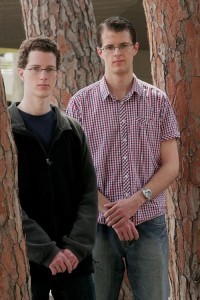 16 are “serial” overachievers
16 are “serial” overachievers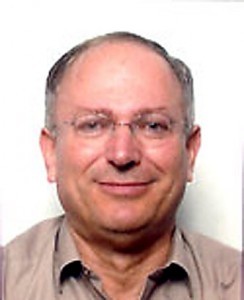 Professor Yeshayahu (Shay) Lifshitz of the Faculty of Materials Engineering at the Technion is counted among the world’s 100 leading scientists in the last decade in the field of materials, according to the list published by “Thomson Reuters”, which appeared in “The Times” higher education supplement. He is the only Israeli appearing in the list, which surveys the achievements of around a half million researchers in the world in the field of materials.
Professor Yeshayahu (Shay) Lifshitz of the Faculty of Materials Engineering at the Technion is counted among the world’s 100 leading scientists in the last decade in the field of materials, according to the list published by “Thomson Reuters”, which appeared in “The Times” higher education supplement. He is the only Israeli appearing in the list, which surveys the achievements of around a half million researchers in the world in the field of materials.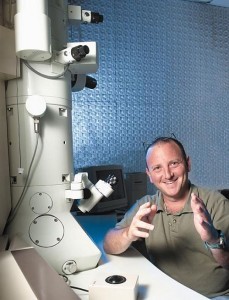 They have thereby added a crucial addition to Gibb’s theory of 1878, which partially explained what happens when different materials come into contact; the discovery has far-ranging implications for improving the bonding of different materials
They have thereby added a crucial addition to Gibb’s theory of 1878, which partially explained what happens when different materials come into contact; the discovery has far-ranging implications for improving the bonding of different materials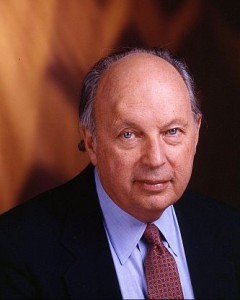
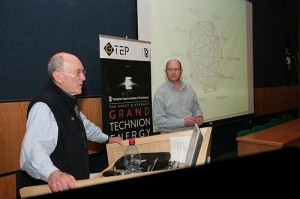
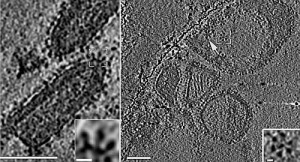 The immediate application is development of innovative technology for treatment of worm parasites
The immediate application is development of innovative technology for treatment of worm parasites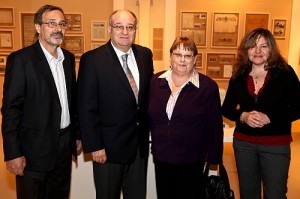 Exhibition of the Founding of the Technion and the War of the Languages that was part of it has opened at the Haifa City Museum
Exhibition of the Founding of the Technion and the War of the Languages that was part of it has opened at the Haifa City Museum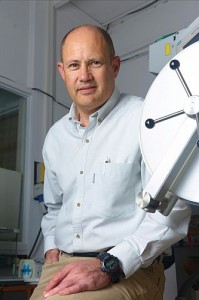 The Leona M. and Harry B Helmsley Charitable Trust has given a $5 million grant to the Technion’s energy program.
The Leona M. and Harry B Helmsley Charitable Trust has given a $5 million grant to the Technion’s energy program.